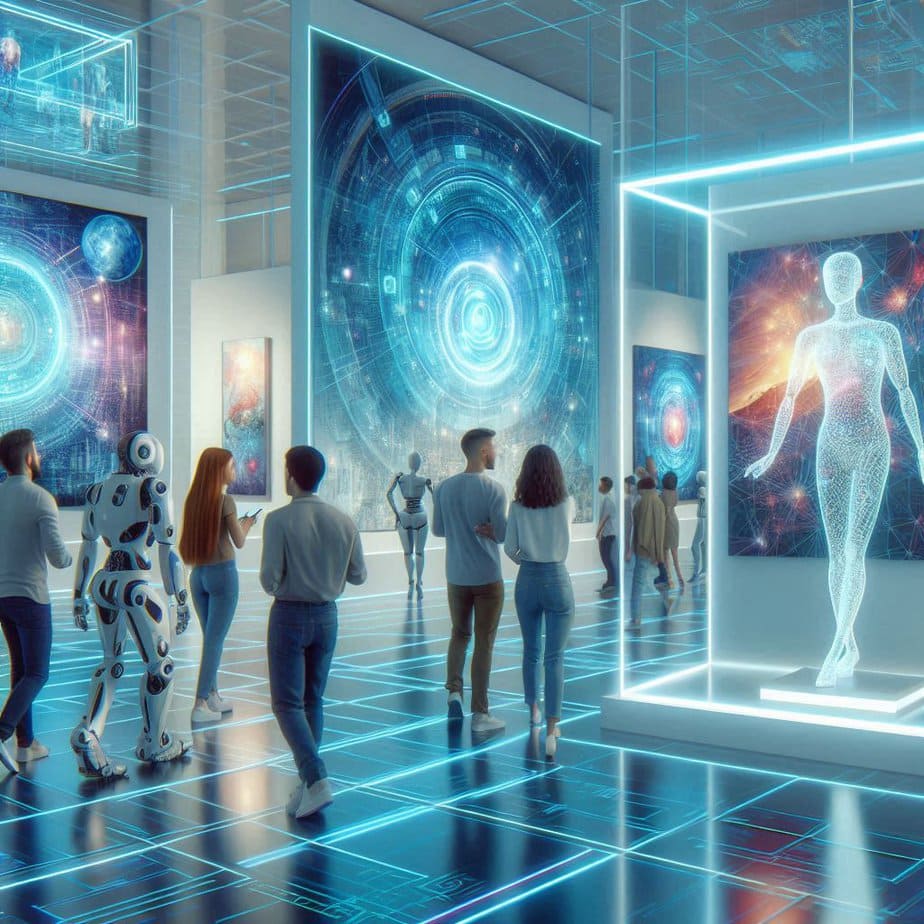Art has always been a reflection of society, evolving alongside technological advancements, cultural shifts, and changing perspectives. As we stand on the cusp of a new era, the future of art is poised for transformation. In this article, we delve into the multifaceted roles that will shape the future of art, exploring the intersections of technology, society, and creativity.
The Artist as Innovator
In the future of art, artists will increasingly assume the role of innovators, leveraging emerging technologies to push the boundaries of creativity. From virtual reality to generative AI, artists are embracing new tools and techniques to create immersive experiences that transcend traditional mediums. By experimenting with novel materials and digital platforms, they challenge conventional notions of art and redefine the possibilities of expression.
The Curator as Gatekeeper
As the art world becomes more interconnected through digital platforms and global networks, the role of the curator takes on added significance. Curators serve as gatekeepers, guiding audiences through the vast landscape of contemporary art and shaping cultural narratives. In the future, curatorial practices will evolve to incorporate digital curation, algorithmic selection, and crowd-sourced curation, offering diverse perspectives and democratizing access to art.
The Viewer as Participant
In the future of art, viewers will no longer be passive observers but active participants in the creative process. Interactive installations, augmented reality experiences, and participatory artworks blur the boundaries between creator and audience, inviting viewers to engage with art in new ways. By fostering collaboration and co-creation, artists empower viewers to shape their own artistic experiences and contribute to the evolution of art.
The Artwork as Data
With the rise of big data and machine learning, artworks themselves are becoming sources of data and insights. Artists harness the power of data visualization, algorithmic analysis, and computational art to explore complex socio-cultural phenomena and generate new perspectives on the world. By transforming data into art, they illuminate hidden patterns, provoke critical reflection, and challenge our understanding of reality.
The Market as Platform
In the digital age, the art market is undergoing a profound transformation, driven by online platforms, blockchain technology, and decentralized networks. The future of art will see the emergence of new marketplaces, tokenized assets, and digital ecosystems that redefine the exchange value and ownership of art. By democratizing access to art and enabling direct transactions between artists and collectors, these platforms disrupt traditional power structures and foster greater inclusivity in the art world.
Conclusion
As we look ahead to the future of art, it is clear that the roles of artists, curators, viewers, artworks, and markets are undergoing radical transformations. Technology acts as both a catalyst and a canvas for innovation, reshaping the landscape of artistic practice and challenging our preconceptions about what art can be. By embracing these evolving roles and harnessing the power of creativity, we have the opportunity to shape a future where art flourishes as a dynamic and inclusive expression of the human experience.


